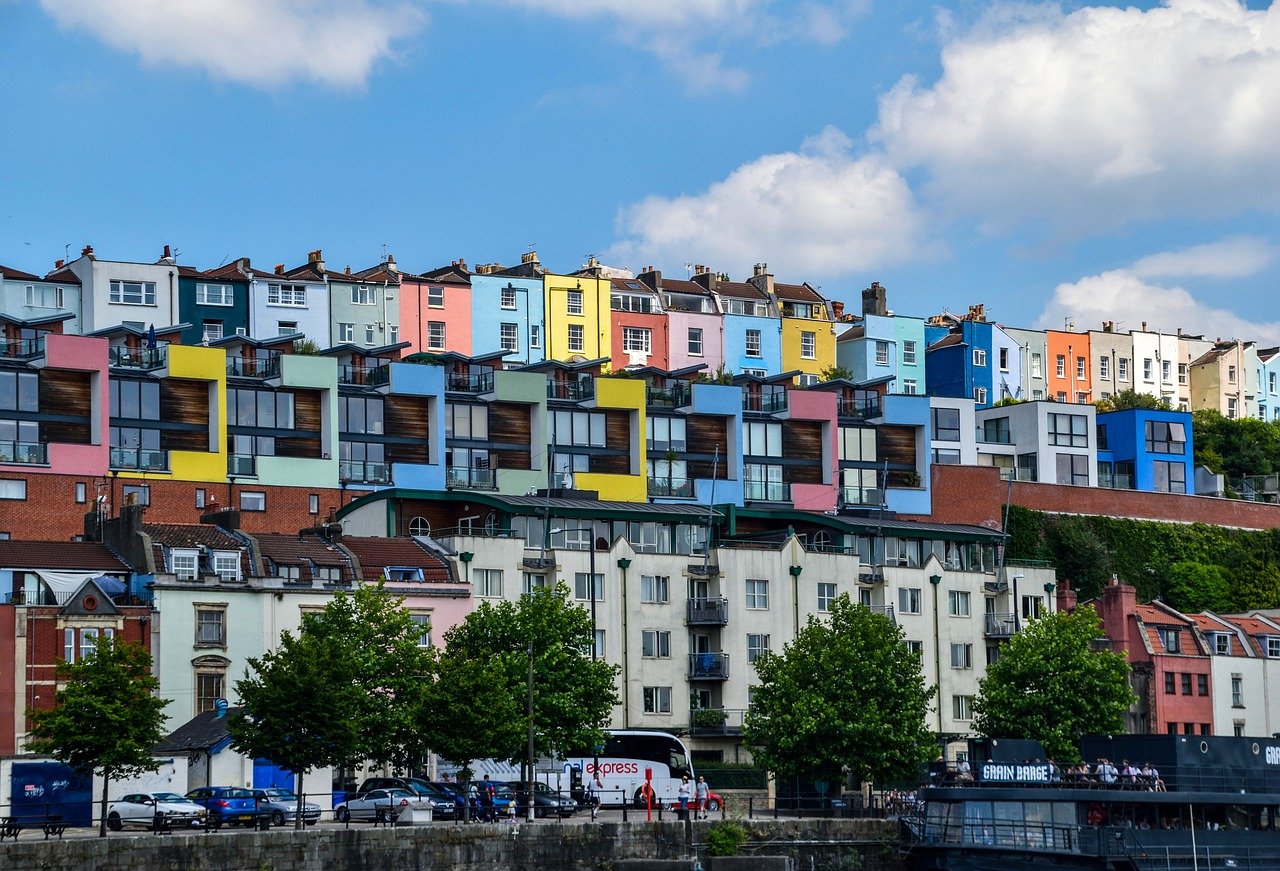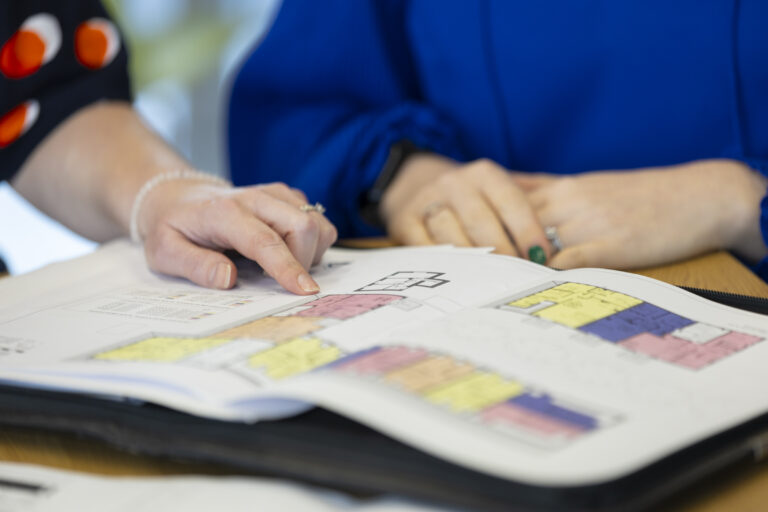Should a Landlord choose to redevelop their property under Permitted Development Rights (PDR), are they still above to recover any dilapidations at the end of the lease? PDR was introduced in May 2013 to allow more secondary and tertiary properties within use class B1(a) (offices) to be converted to C3 (dwelling house).
Outgoing tenants are often likely to quote that now the property will be redeveloped to a higher value use, out of repair the property is more valuable than it would be in repair, thus any repairs would be superseded by the redevelopment. However, this is only relevant if the Landlord intends to demolish and rebuild or undertake structural repairs. The Landlord can claim a loss on specific repairs that would survive refurbishment, for instance, repairs to the externals or core elements of the property like lifts and lift shafts.
What about supersession? In an office building there is likely to be tenant partitions and part of the conversion will involve the cost of removing these and associated ‘making good’. The costs of this, especially if it were to involve re-carpeting or installing new MME (such as air conditioning) will be superseded within the conversion works but the Landlord is entitled to recover the reasonable cost for these works.
Where repair is not possible without renewal by a modern and improved equivalent, a Landlord may be able to treat these works as part of a Tenant’s repairing obligation.
So, can you still recover dilapidations? The answer is yes and at Vickery Holman, we have a team of Building Surveyors and Landlord and Tenant specialists within each office, all of which we would be more than happy to assist with any dilapidation claim you may have.





